IN THIS usher
Cacti are , of course , drouth - patient of desert plants , which have minimal water requirements .
However , it is important to remember that this does not signify that they do not need any body of water at all .

“ Cacti are a challenge because they grow from vastly dissimilar areas of the world , but you ’ll soon notice they will tolerate a quite a little of spoiled habits in horticulture , ” explains Peter Bint from the BCSS .
“ They are very forgiving as long as ominous - handling is not too draw out . ”
Though these plants have adapt to survive for relatively long periods in very teetotal conditions , they do still need some water to survive .
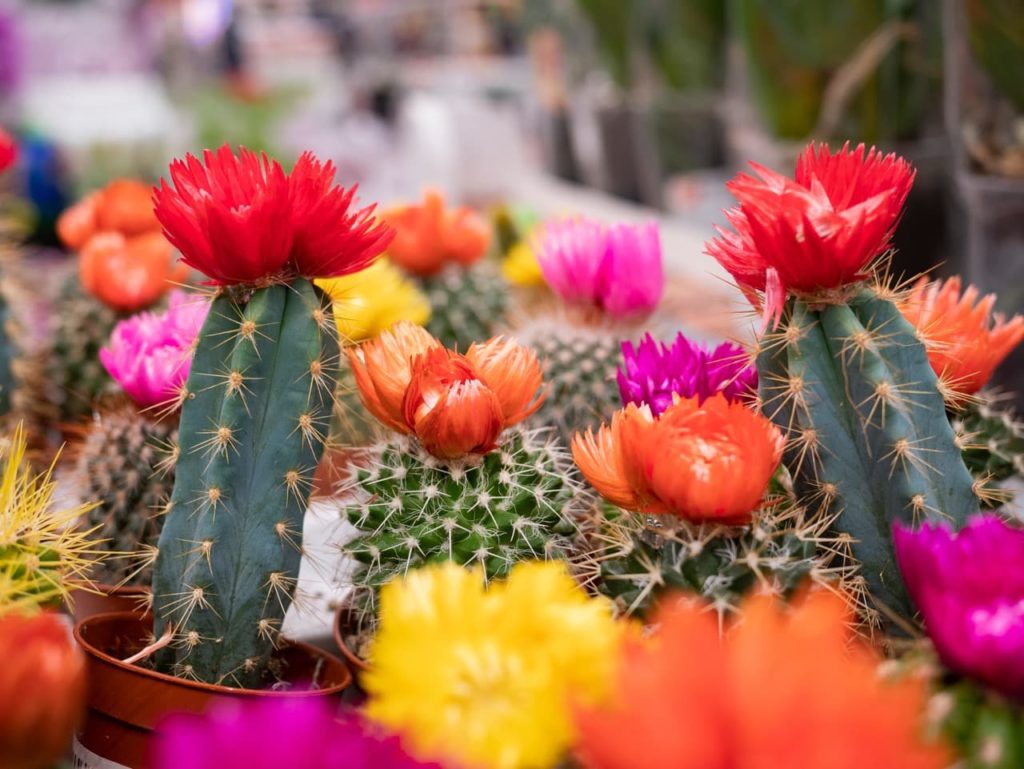
Here are some top - level watering guideline to help you make indisputable that you are care for your cacti aright :
We turn over into each of these in further detail below –
1) Cacti Are Adapted To Need Less Water
Mostly native to the Americas , cacti are found in arid environments.1Cacti – National Wildlife Federation . ( n.d.).https://www.nwf.org / Educational - Resources / Wildlife - Guide / Plants - and - Fungi / Cacti
“ sympathize the lacrimation regime is critical for this group of plant , ” says Daniel Jackson , the owner of Ottershaw Cacti .
“ They are aboriginal to very dry and burnished clime and this is what you are looking to replicate in the UK . ”
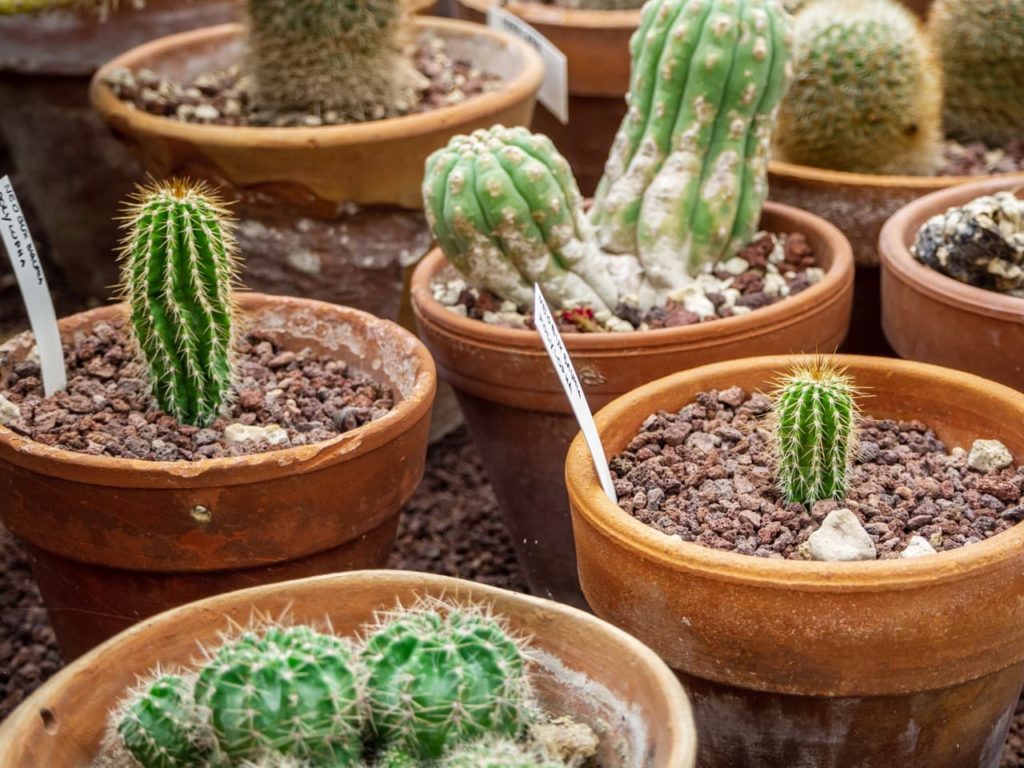
They are plants that have adapted to live in very juiceless locations , including some of the driest places on earth .
These plants have develop to conserve water and survive in such ambitious environments , such as the stems that have adapt to store body of water .
Cacti also frequently have spines rather than leaves , which help prevent pee loss .

Cacti typically have short growing seasons and long periods of quiescency and are able to quickly react to any periods of rain and take full advantage of them .
Like other succulent plants , cacti also employ the CAM mechanism as part of photosynthesis and transpire at night to reduce water loss significantly.2Rabas , A. R. , & Martin , C. E. ( 2003 ) . Movement of Water from Old to Young Leaves in Three Species of Succulents . Annals of Botany,92(4 ) , 529–536.https://doi.org/10.1093 / aob / mcg171
“ Most hoi polloi tend to over care for cacti plants and unfortunately , overwatering them at the wrong time will stimulate them to rot , ” say Dirk Himschoot from the Desert Plant Society of Vancouver .
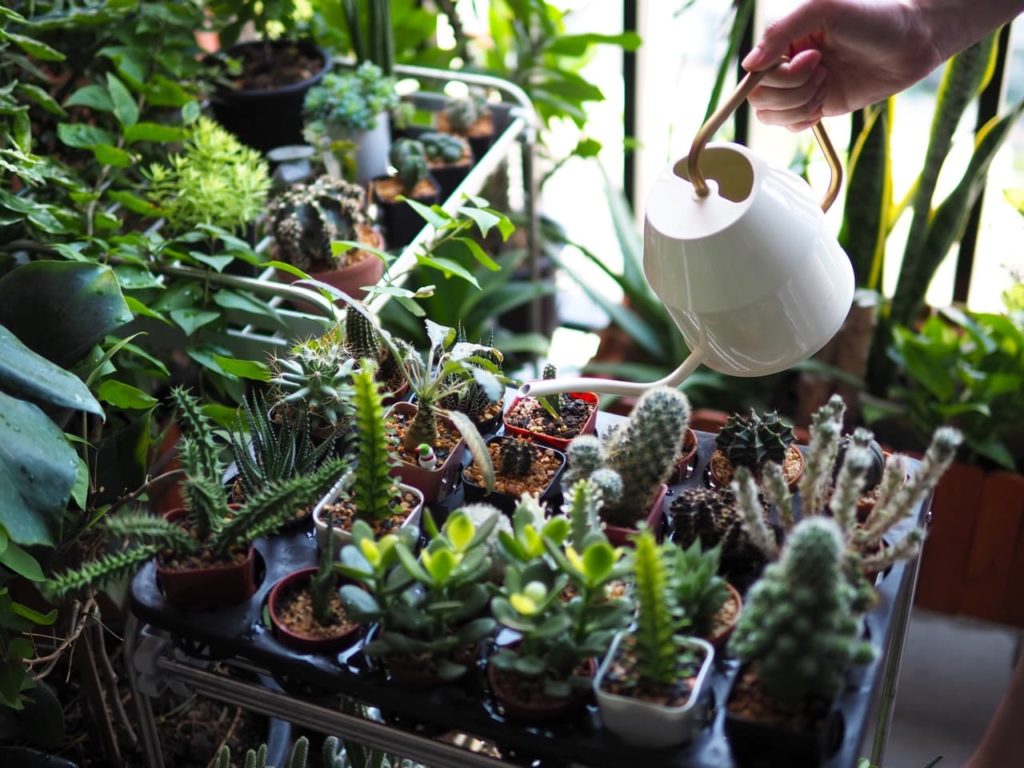
“ It is a practiced rule to let the soil completely dry out before water again to replicate their aboriginal condition . ”
2) All Cacti Differ In Their Water Needs
“ the great unwashed say ‘ cacti and succulent do n’t need water ’ , but this is n’t the case , as they are living works and demand water to survive , ” says Darren Evans , the Plant Manager at Pugh ’s Cacti .
However , while all cacti divvy up certain water system - make unnecessary techniques and adaptations , it is important to understand that dissimilar cacti differ in their water needs .
It is crucial that you understand the specific surroundings in which the cactus you are growing would naturally be found , as this can give you clues about the plant life ’s pee requirement .

For example , does the cactus come from a true desert surround or does it come from a semi - arid surround where , while infrequent , a minute more rain does settle ?
“ There are many misconceptions about cacti and succulents that are held by people , ” says Peter .
“ They say that they grow in comeuppance so they do n’t involve water , but this is n’t true at all .
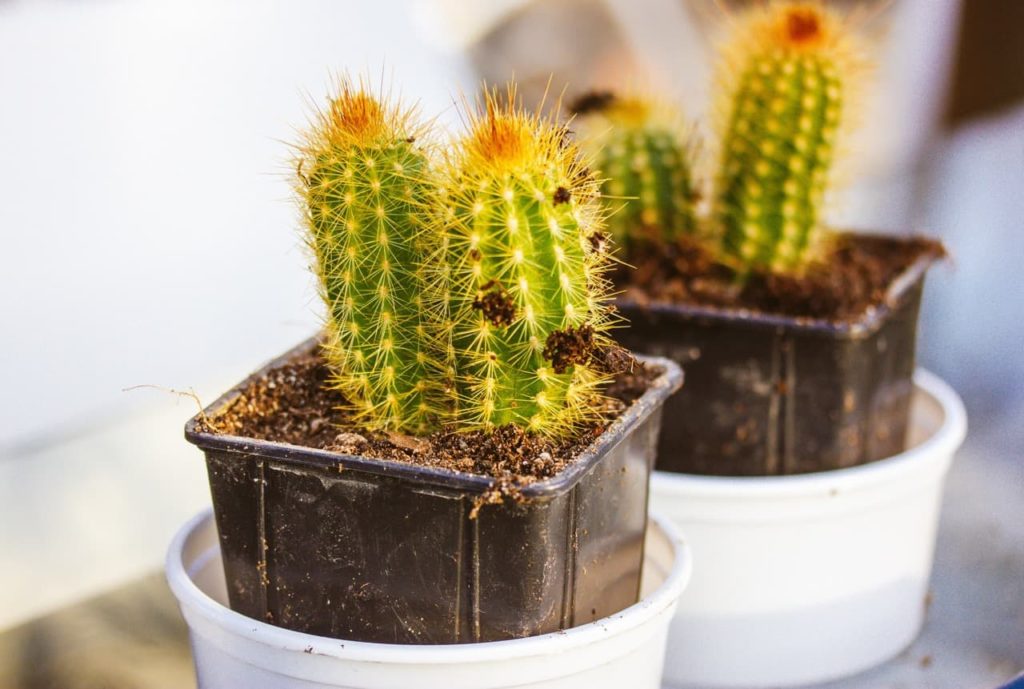
“ Cacti grow in semi - desert and even more succulent places and ask regular water when in growth , but the grease should be mildly moist and able-bodied to dry out between waterings . ”
3) Water When The Growing Medium Feels Dry
Though cacti can differ somewhat in their lacrimation needs throughout the year , many cacti that are unremarkably raise as houseplant or which are placed outdoors in British gardens in summer , are going to involve more water between April and October while they are in active growing .
“ When lacrimation , drench the cacti so the compost is all wet , then drain any keep on water in a dish aerial or plant pot , and finally allow your succulent dry mightily out , ” says Daniel .
“ This may take 10 - 14 daylight depending on where you have put it .
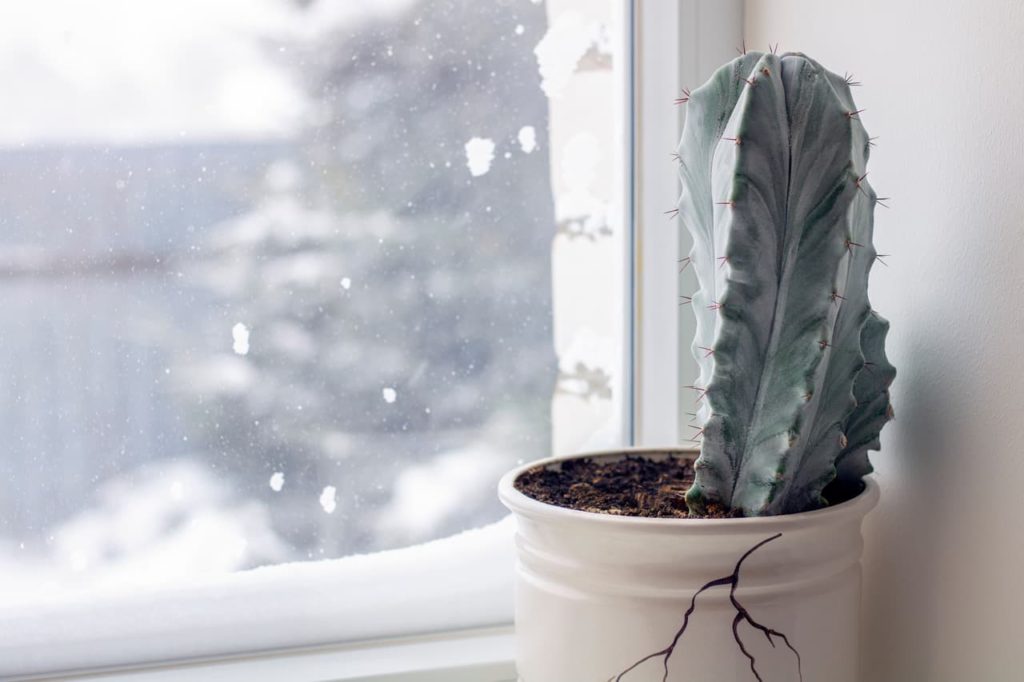
“ Remember , a hot bright speckle will dry out faster than a cool dull location . ”
However , always break the growing medium with a finger before watering any cacti , even during this metre , as their water use will plainly take issue depending on the light-headed level and temperature to which they are exposed .
You should shoot for to water from April to October whenever the surface of the get medium feels dry .

You do not require the growing sensitive to dry out excessively during this time but neither do you need to create excessively moist conditions .
“ It is good to abide the stack in water and allow the soil to imbibe moisture , ” apprize Peter .
“ Watering from overhead does not wash the middle of the potting premix so ascendent growth could become scratchy . ”
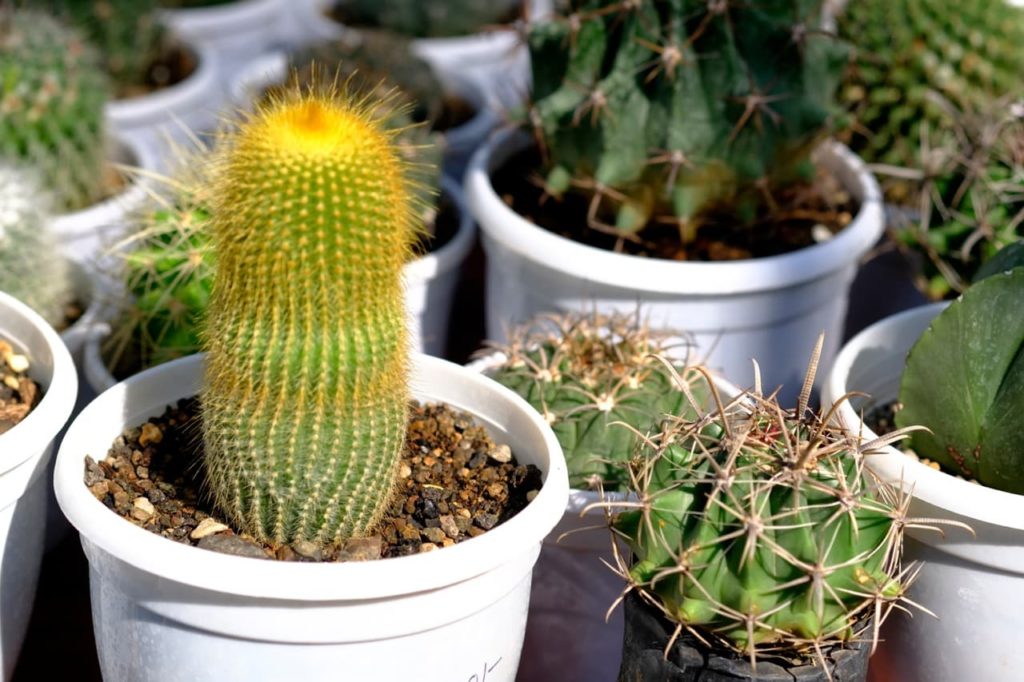
4) Provide Minimal Water Over Winter
Most cacti will enter a period of quiescency over the winter month and should be allow to breathe during this time .
“ To prevent the exit of your cactus , stop watering in the colder month to allow the cactus to go dormant , ” say Darren .
This means stop watering whole or only providing minimum lacrimation during this flow , which is typically between November and March , as Peter share :
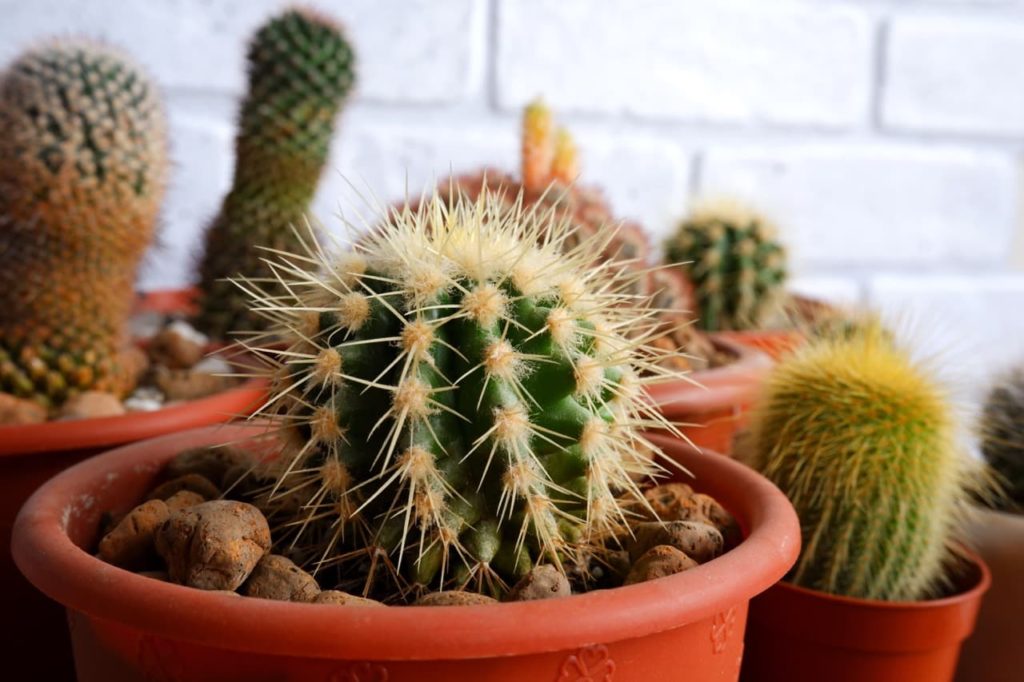
“ There are hardly any cactus that need water between mid - October and mid - March .
“ If they look a small shrivelled in December , January or February , then a pocket-size amount of water can be apply ; just enough to damp the lower grime in the Mary Jane which will fee the tooth root and foreclose them from dying which is authoritative . ”
Allowing the cacti to have this period of repose should advertise flowering .
However , there are exceptions to this .
Orchid cacti should still be water when the medium is teetotal through the cold months and wintertime - efflorescence cacti , such as the Christmas cactus , should be watered on a regular basis in winter and given their rest period in the summer months .
“ Do n’t water your cacti the same as you would other houseplants , ” warns Colin Skelly , a Horticultural Consultant .
“ Keep an heart on the grime moisture ; if it is moist to concern in the first 2 - 3 centimeter , then do n’t piss . This is especially true in winter when combat-ready growth will be less and root putrefaction is most likely . ”
5) Use Rainwater Where Possible
The water you practice to irrigate your cacti can be just as of import as how much water you provide and how frequently .
Unfortunately , tap water system can cause the build - up of mineral saltiness that can be prejudicial to the works , so , where potential , it is always best to use rainwater to irrigate your plant .
6) Ensure The Water Is At A Suitable Temperature
Whether you could habituate rainwater or not , another affair to think about when growing cacti is that they can be sensitive if the weewee used is too live or too frigid .
The water should be tepid before it is used to keep off any inauspicious effects .
7) Make Sure Excess Water Can Drain Away
Cacti , of course , require free - draining shape and you should have maintain this in mind when choose your containers and potting mix .
“ Cacti should be develop in gratuitous - draining compost , as this would be their natural substrate , ” says David Ennals from Coach House Cacti .
Always ensure that the can and the medium allow for secure drain and that redundant water can always drain aside freely .
Waterlogging should never come about .
8) Never Let Water Sit At The Base Of Containers
“ Never provide your plant standing in water ; drain it off and supplant it on its dish after watering , ” says David .
Check the saucer or tray below your pots when growing cacti .
After watering , ensure that any excess weewee that has ended up at the base of container is tipped away and not left in home as standing body of water can do problems with waterlogging and conjure humidity levels detrimentally .
“ One of the most common problems I see is masses not letting their cacti dry flop out before tearing again , ” says Daniel .
“ It is counterintuitive to many people to keep the plant life so dry , but if their roots ride wet for too long , they plainly rot and the plant is potential to give out .
“ The defining machine characteristic of a succulent is that it stack away water supply and its roots need to sit juiceless . ”
Remember , when it comes to water cacti , less is often more .
Killing it with forgivingness is one of the biggest trouble when it come to tearing cacti keep open as houseplant in a house .
So , water only when the medium is in risk of entirely drying out .